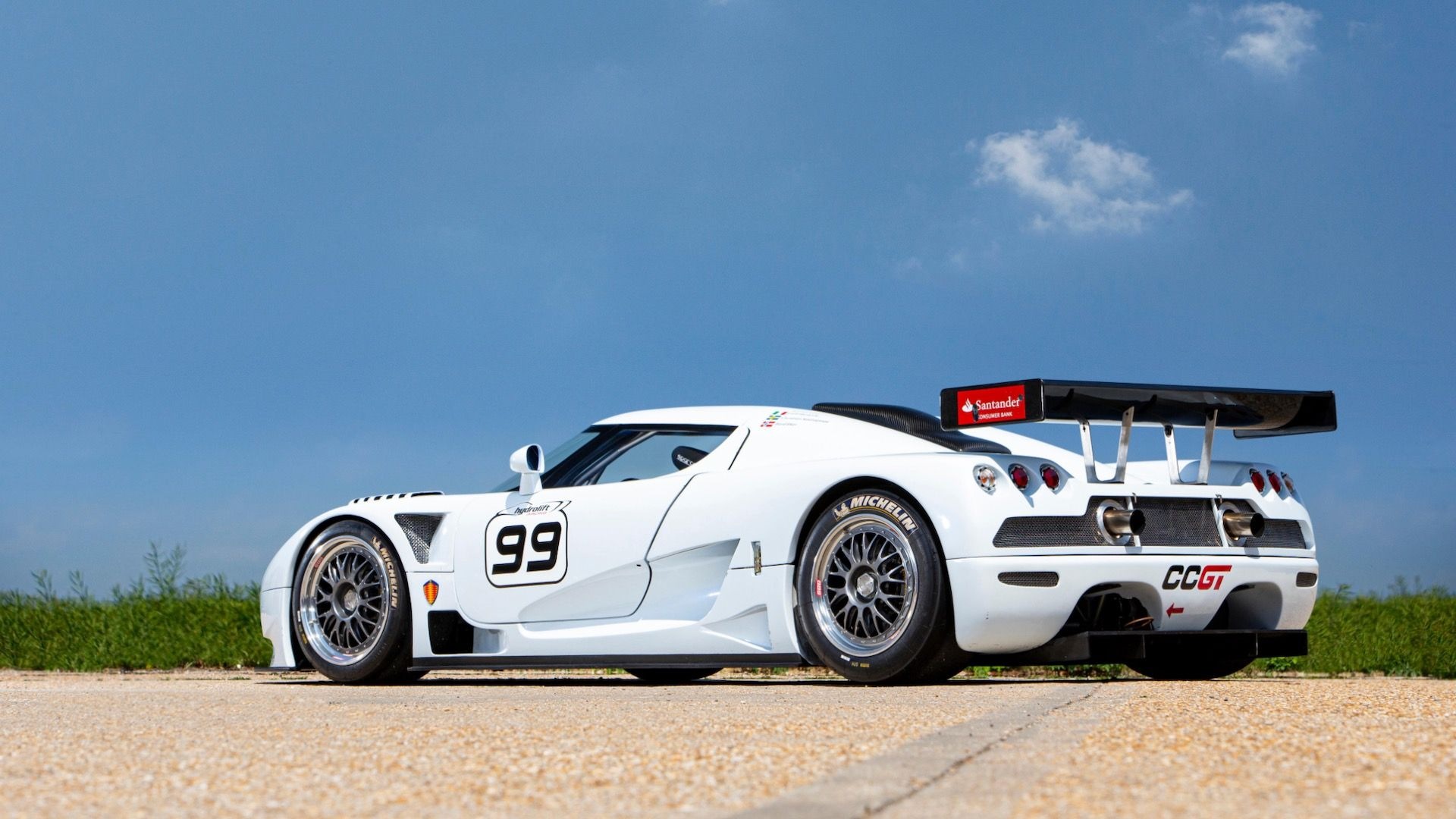Aerodynamics, lightweight materials, a rigid chassis, high-performance tires, and a powerful engine are just a few essential components that define a racing car.
Manufacturers dedicate years to meticulously engineering their track-ready machines, often investing countless hours into testing and fine-tuning to maximize the performance of the car, driver, and racing team—pushing for a podium finish or even victory.
However, not every race car gets the opportunity to prove itself on the track. Now, in no particular order, it’s time to spotlight those that never had their moment in competition.
1. Ferrari F50 GT
Picture an ‘F50 XX Evo’ a fixed-roof, aggressively aerodynamic machine with slick tires and a V12 engine boosted from 520bhp to a staggering 740bhp. It was the ultimate evolution of Ferrari’s iconic 1990s supercar.
This near-mythical beast was on the brink of reality, poised to roar through grandstands across Europe.
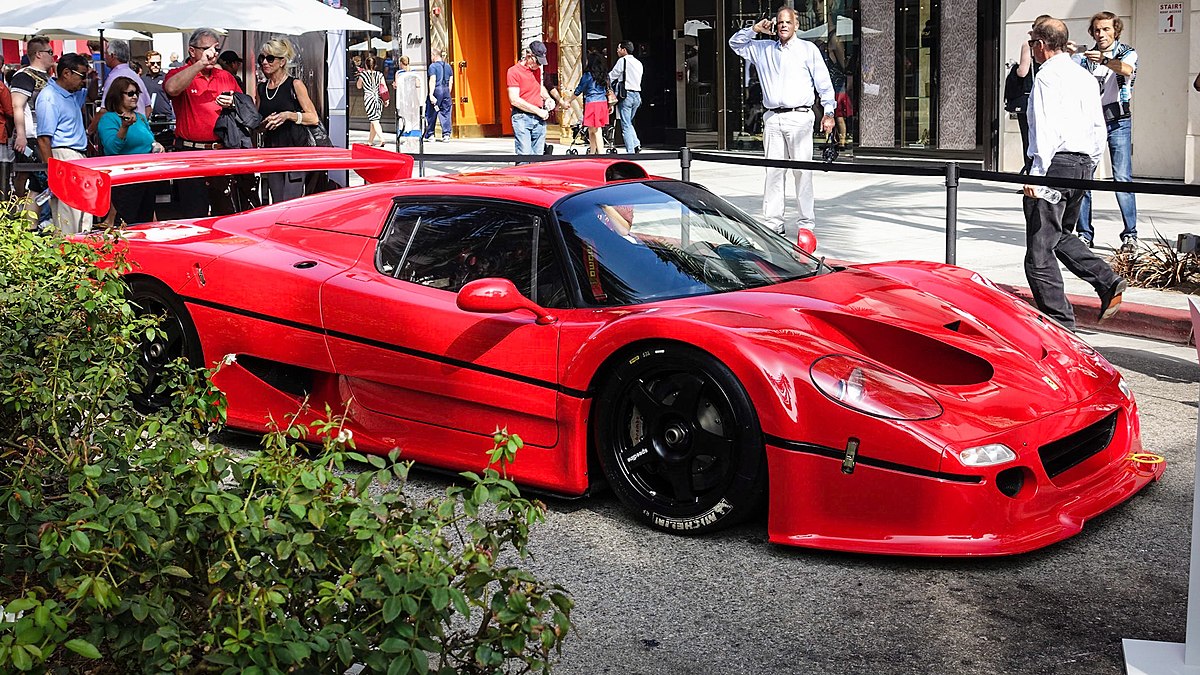
However, Ferrari ultimately abandoned its GT1 project in frustration over Porsche’s controversial 911 GT1 homologation special. With only three cars ever completed, the F50 GT never had the chance to prove itself in competition.
2. Alfa Romeo 164 Procar
Designed as the successor to F1’s BMW M1 ProCar support series, Formula S had all the makings of a legend. It featured radical silhouette racers that crammed F1 engines into the body of an ordinary family sedan.
Yet, despite the concept’s potential, only Alfa Romeo managed to develop a working prototype a 600bhp, 750kg beast.
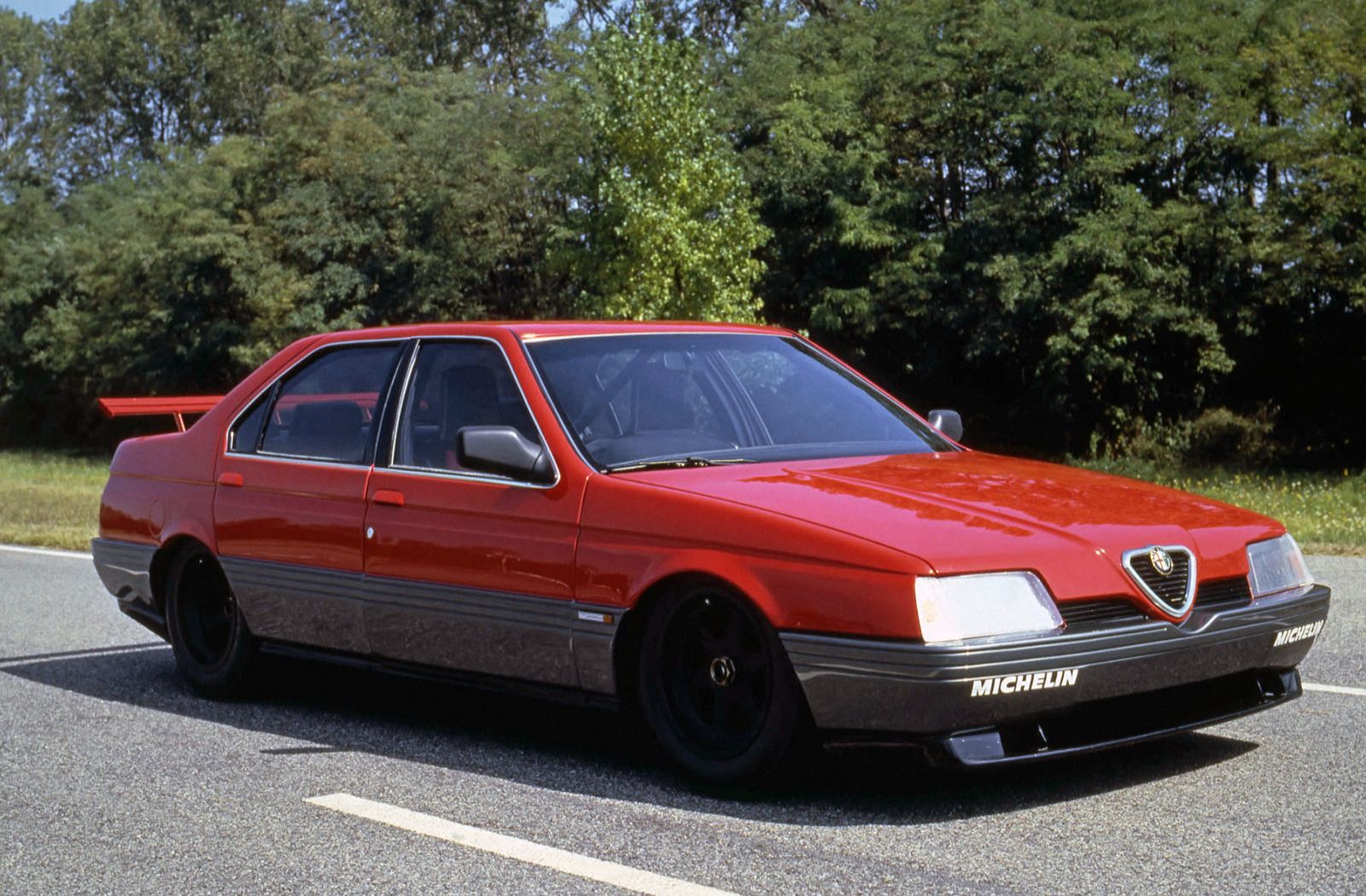
However, its relaxed demonstration runs failed to generate excitement, and with little fanfare, Bernie Ecclestone brought Formula S to an abrupt end.
3. Porsche LMP2000
This is a true mystery in motorsport history. Porsche had ambitious plans to create a Le Mans champion for the new millennium, powered by a shelved V10 engine originally designed for the 1992 Footwork F1 team.
Yet, despite its potential, the car never made it to the track.Some believe its cancellation allowed Porsche to allocate resources to the game-changing Cayenne SUV.
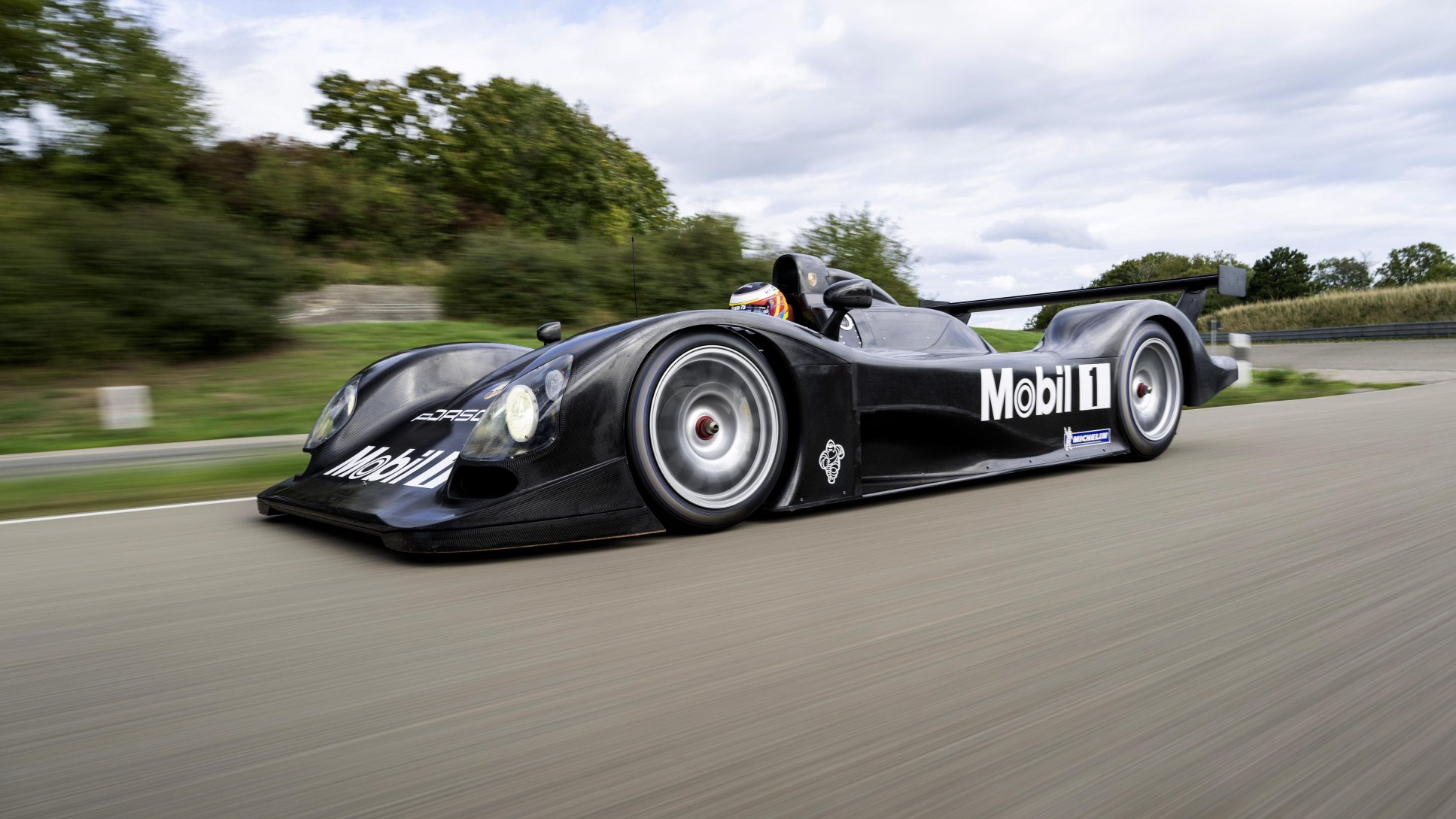
Others argue that the brand deliberately stepped back to clear the path for fellow VW Group member Audi’s dominance at Le Mans.
What’s certain is that the roaring V10 ultimately found a spectacular second life in the Carrera GT supercar so at least it wasn’t a total loss.
4. Jaguar XJ13
A tale to intrigue the superstitious, the XJ13 was Jaguar’s ambitious mid-engined V12 prototype racer of the 1960s. Though envisioned in the late 1950s, it wasn’t fully built and running until 1966.
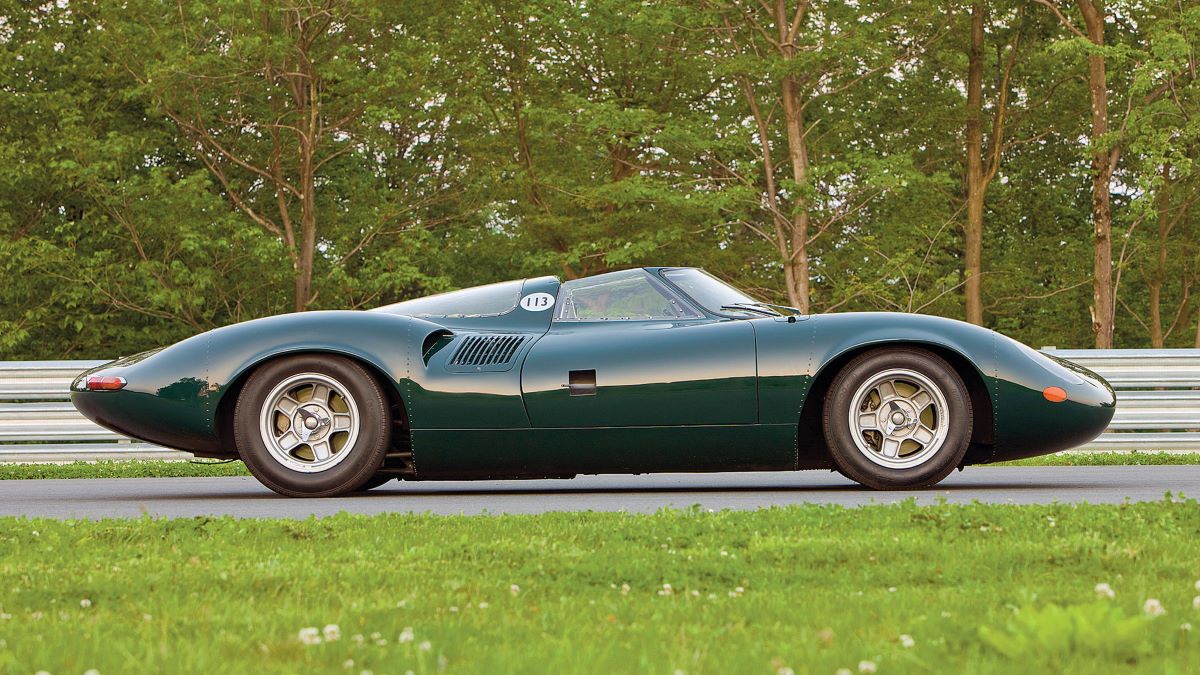
By that time, the Ford GT had already made its mark, and despite showing promise in testing, the XJ13 was beginning to lag behind technologically.
In 1971, Jaguar test driver Norman Dewis crashed the car, but fortunately, it was later restored and preserved. However, it never had the chance to cross the finish line in competition.
5. Lancia ECV
What could be even more exciting than a Group B rally car? A Group S rally car, of course.
During the mid-1980s, manufacturers like Toyota, Ford, and Lancia developed concepts for vehicles that would meet Group S regulations.
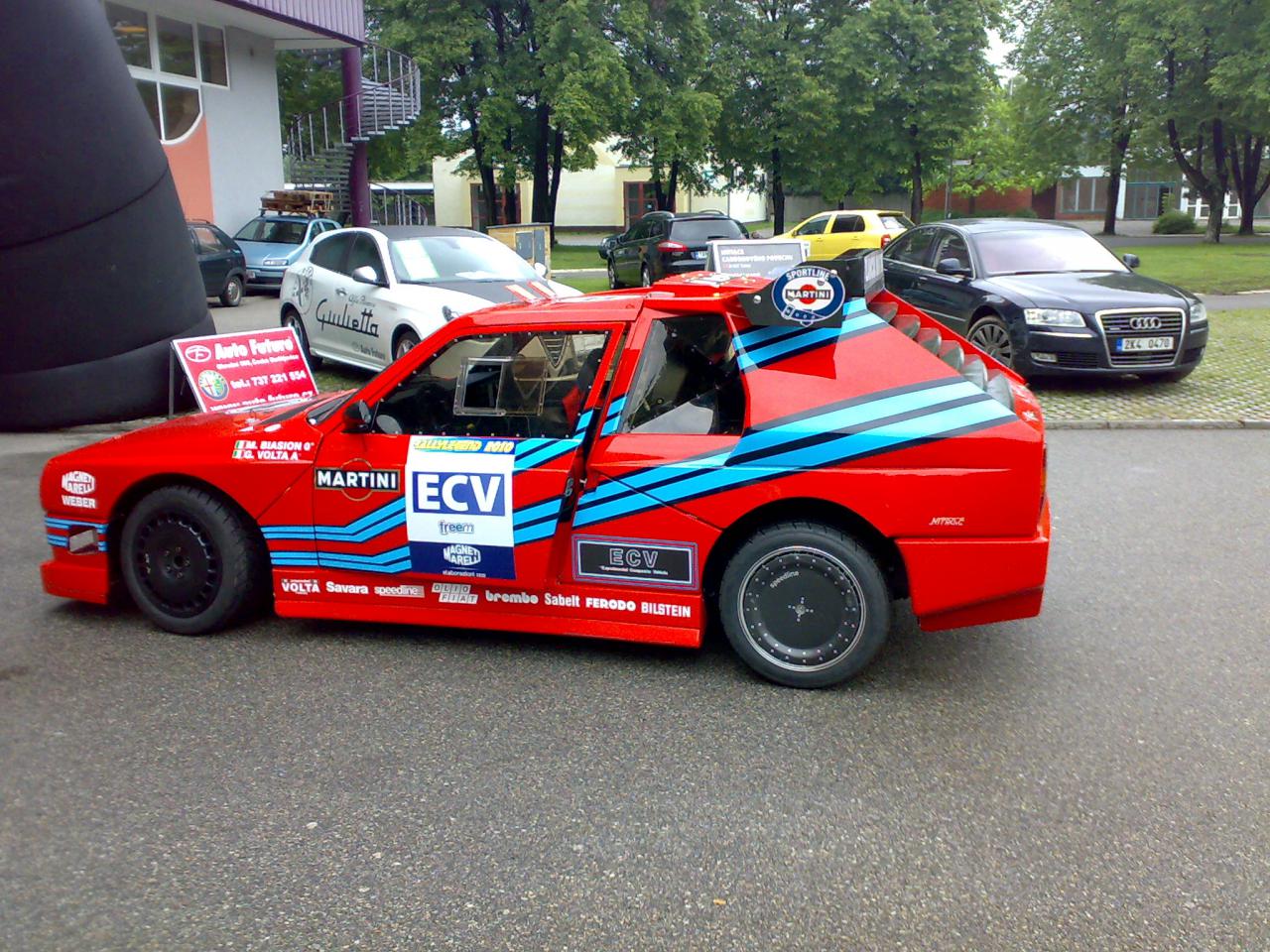
Lancia’s Experimental Composite Vehicle (ECV) combined cutting-edge carbon composite bodywork with a powerful 600bhp engine though it was set to be restricted to 300bhp for safer competition.
However, the dangerous legacy of Group B, marred by fatal accidents, led to both Group B and Group S being scrapped for the 1987 season.
As a result, these next-generation machines never got the chance to push rallying’s wildest era even further.
6. Ferrari GTO Evoluzione
Most car enthusiasts know that the ‘O’ in GTO stands for ‘omologato.’ What might be less well-known is that this aggressive-looking beast was the very machine the Ferrari 288 GTO was homologated for.
Blending elements of the 288, F40, and Formula 1, Ferrari built just five examples of this 650bhp powerhouse.
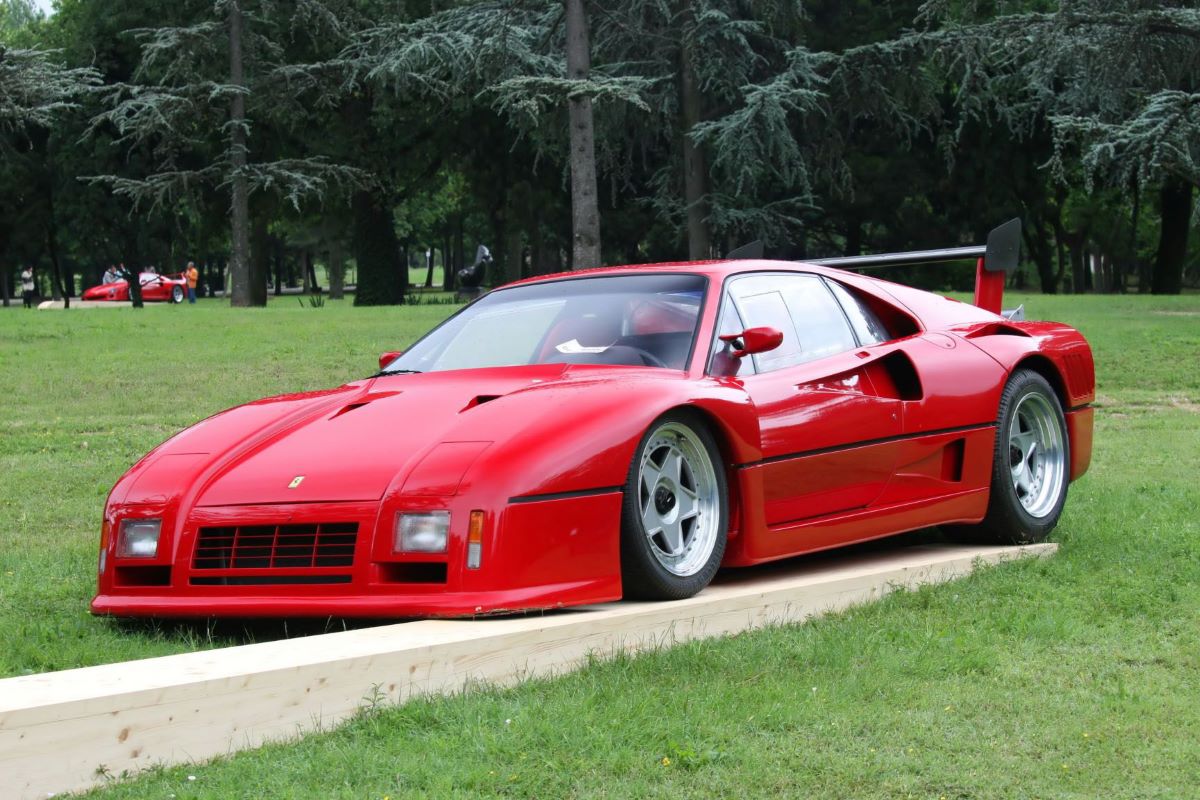
However, the cancellation of Group B regulations not just in rallying but also for sports cars left the GTO Evoluzione without a competitive future.
Instead, it became a prized rarity, destined to spark fierce bidding wars among prancing horse collectors for decades to come.
7. Toyota 222D
Another orphan of the canceled Group S rally era, Toyota’s secretive 222D project showcases just how far manufacturers were willing to push the limits in pursuit of the ultimate rally machine.
At its core, it was a first-generation MR2, stripped down to a featherweight 750kg comparable to a Lotus Elise while packing a monstrous 650bhp. To harness that power, it featured adaptive all-wheel drive.
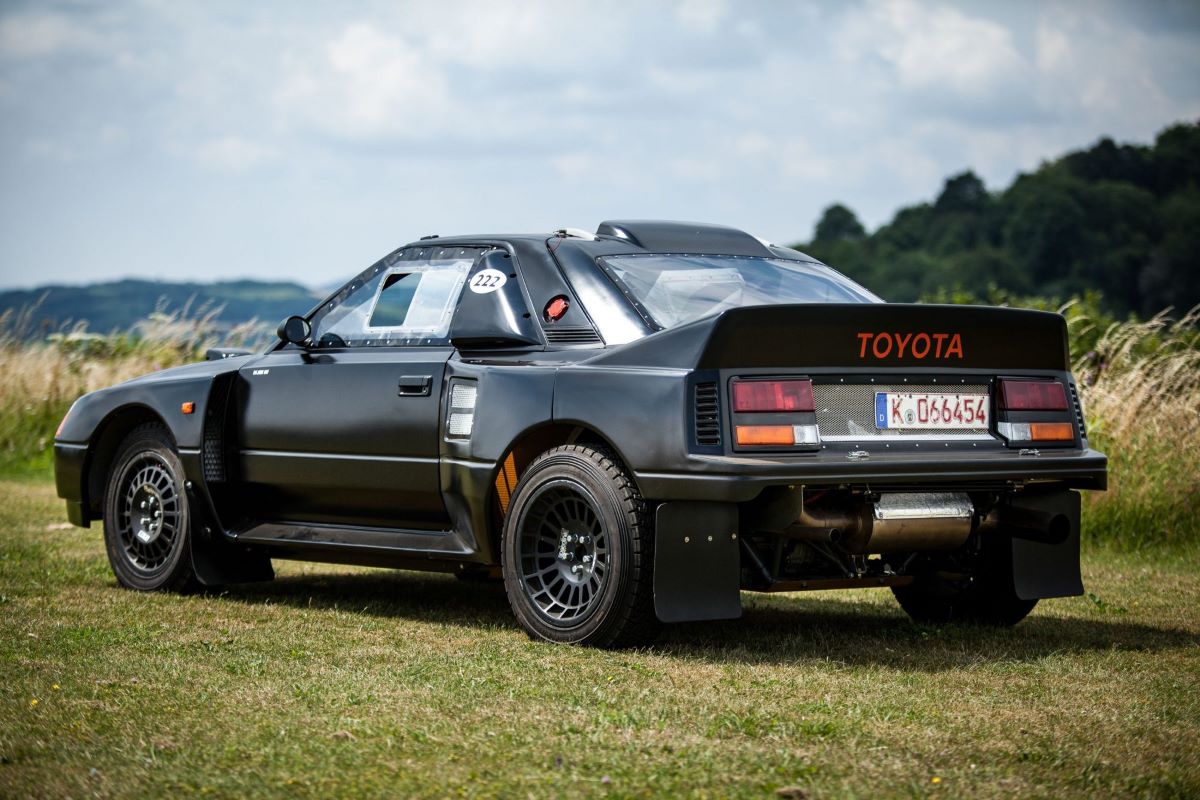
Of the three prototypes that still exist, only one remains in running condition. However, it comes with a staggering three-second turbo lag between pressing the throttle and feeling the full force of its boost.
8. Koenigsegg CCGT
Christian von Koenigsegg engineered the CC supercar with Le Mans regulations in mind.
A prototype was developed, tipping the scales at under a tonne while producing 600bhp and generating 600kg of downforce. Early testing showed immense promise.
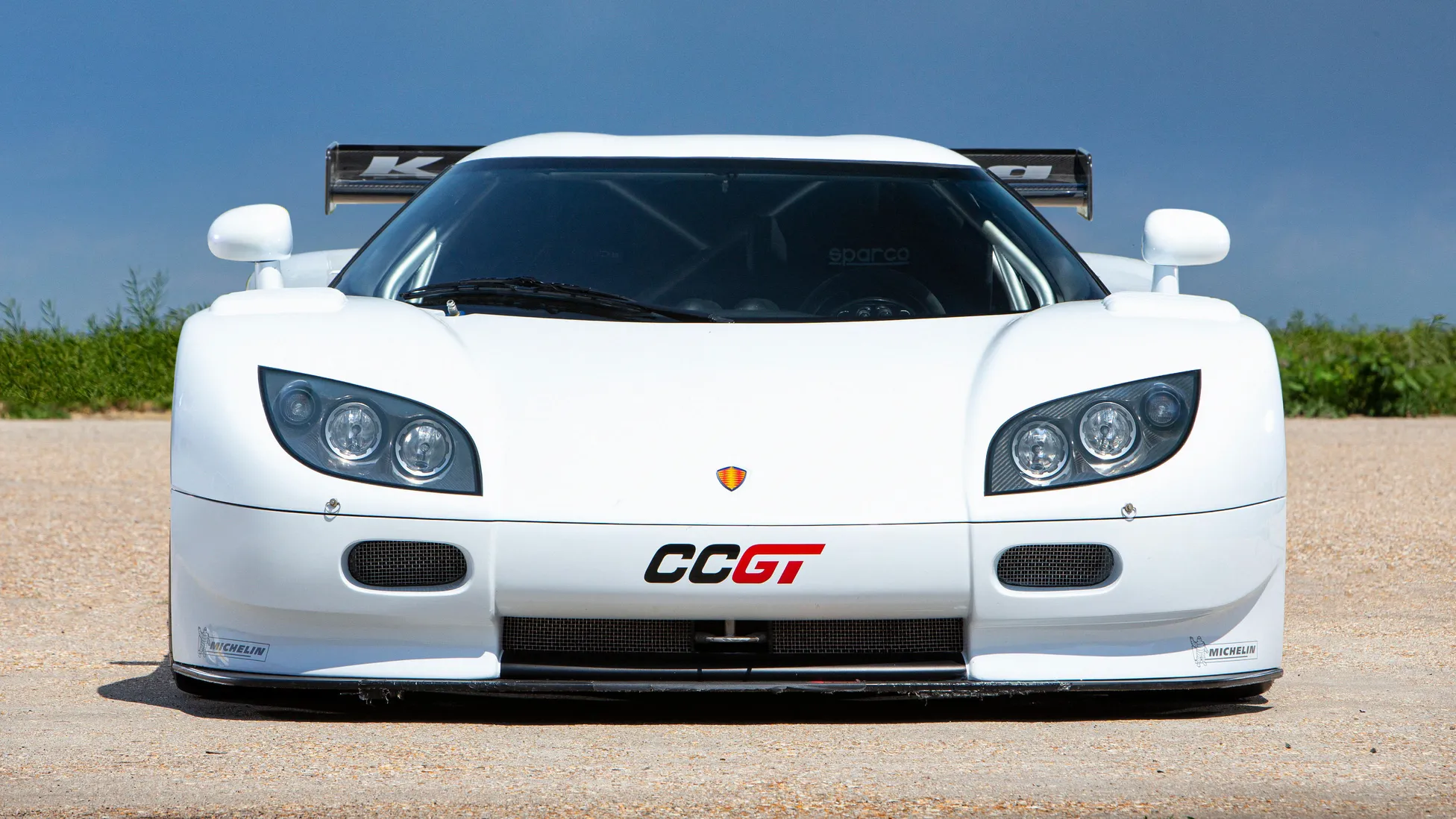
Then came the rule changes. GT1 regulations were revised to outlaw carbon-tubbed cars, and the homologation requirement skyrocketed from 20 road cars to 350. Just like that, Koenigsegg’s motorsport aspirations were crushed.
Still, given their success in the world of high-performance road cars, things seem to have worked out just fine.
9. Lamborghini Diablo GT1
Despite pioneering the mid-engined supercar and embracing massive rear wings, Lamborghini has never quite enjoyed the same motorsport pedigree as Ferrari, Porsche, or Ford.
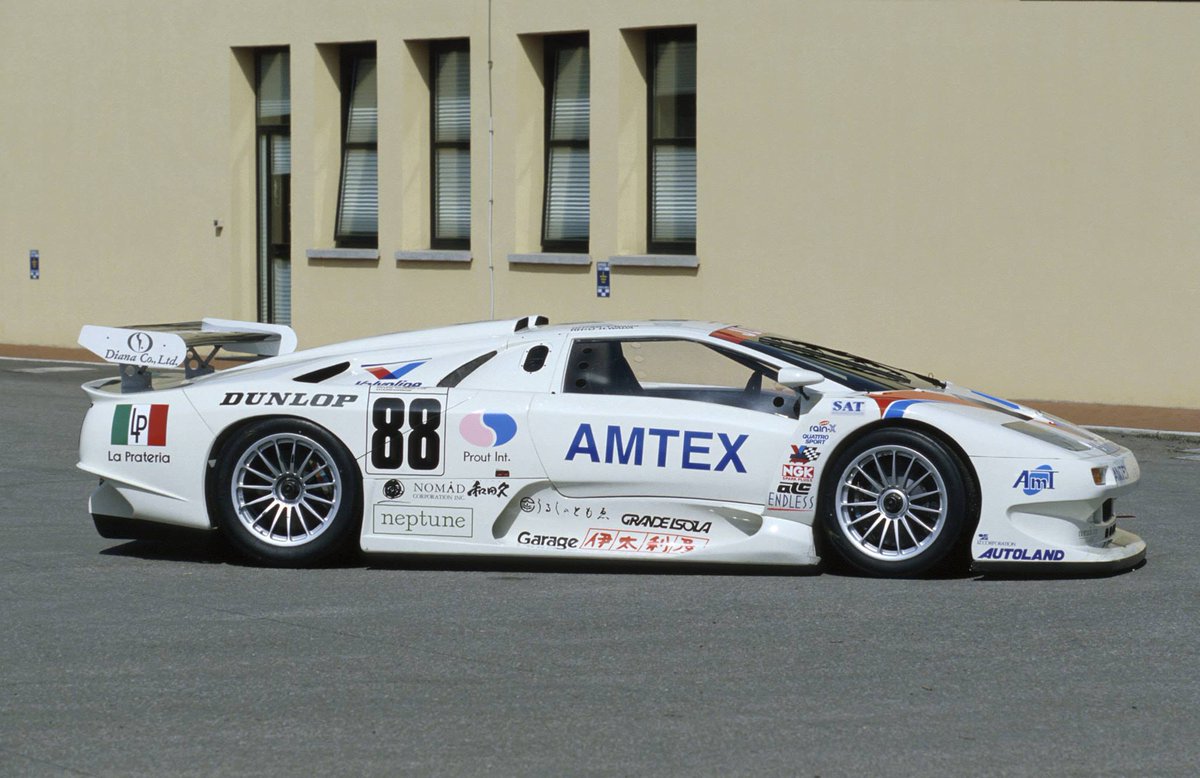
In the mid-1990s, the company set out to change that by storming into GT1 racing, aiming to take on the McLaren F1 GTR, Porsche 911, and any other challengers with its 655bhp longtail V12-powered Diablo.
Two road-going versions were produced before Lamborghini’s leadership took a hard look at the finances and decided that focusing on selling road cars was the smarter way to keep the business afloat.

